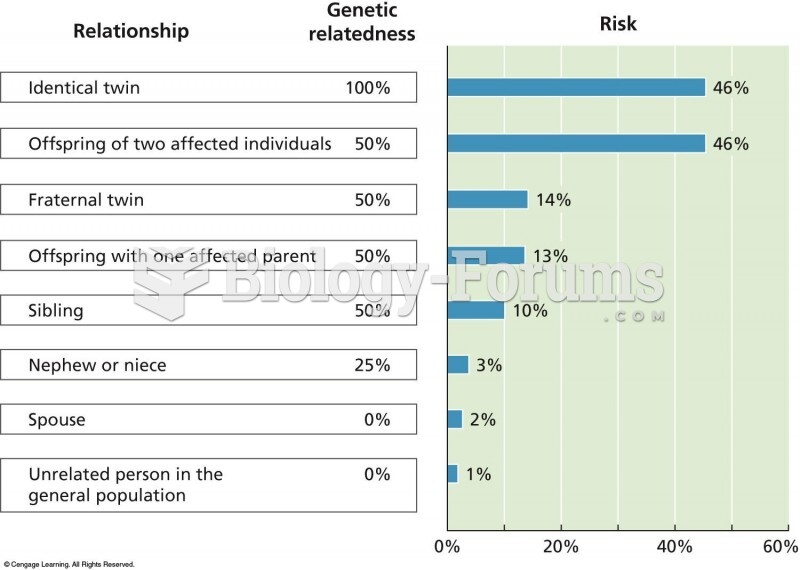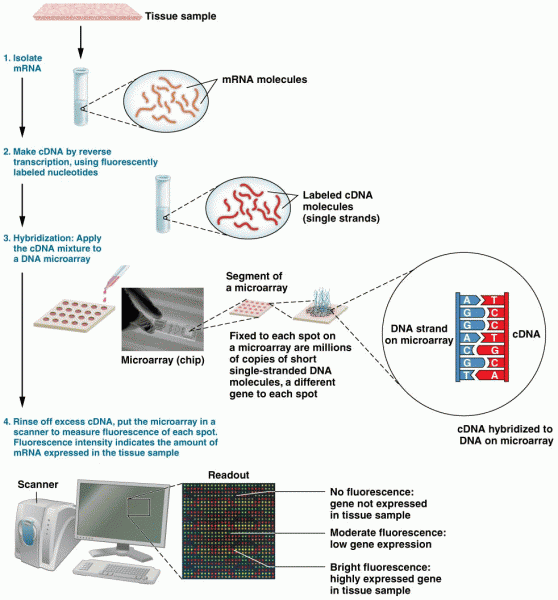This topic contains a solution. Click here to go to the answer
|
|
|
Did you know?
A headache when you wake up in the morning is indicative of sinusitis. Other symptoms of sinusitis can include fever, weakness, tiredness, a cough that may be more severe at night, and a runny nose or nasal congestion.
Did you know?
The Romans did not use numerals to indicate fractions but instead used words to indicate parts of a whole.
Did you know?
The average office desk has 400 times more bacteria on it than a toilet.
Did you know?
On average, the stomach produces 2 L of hydrochloric acid per day.
Did you know?
On average, someone in the United States has a stroke about every 40 seconds. This is about 795,000 people per year.







